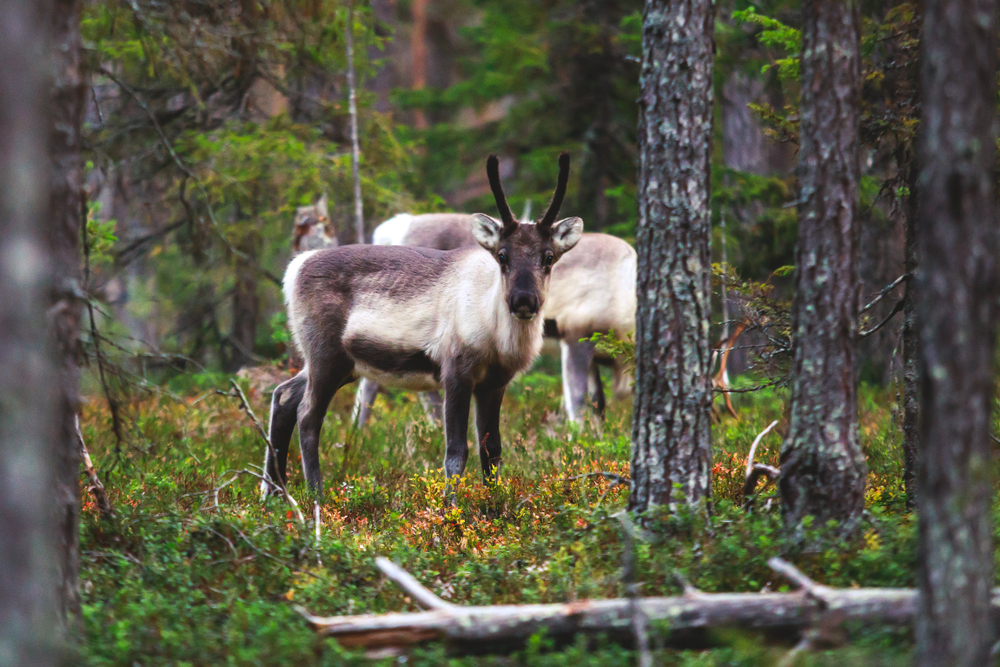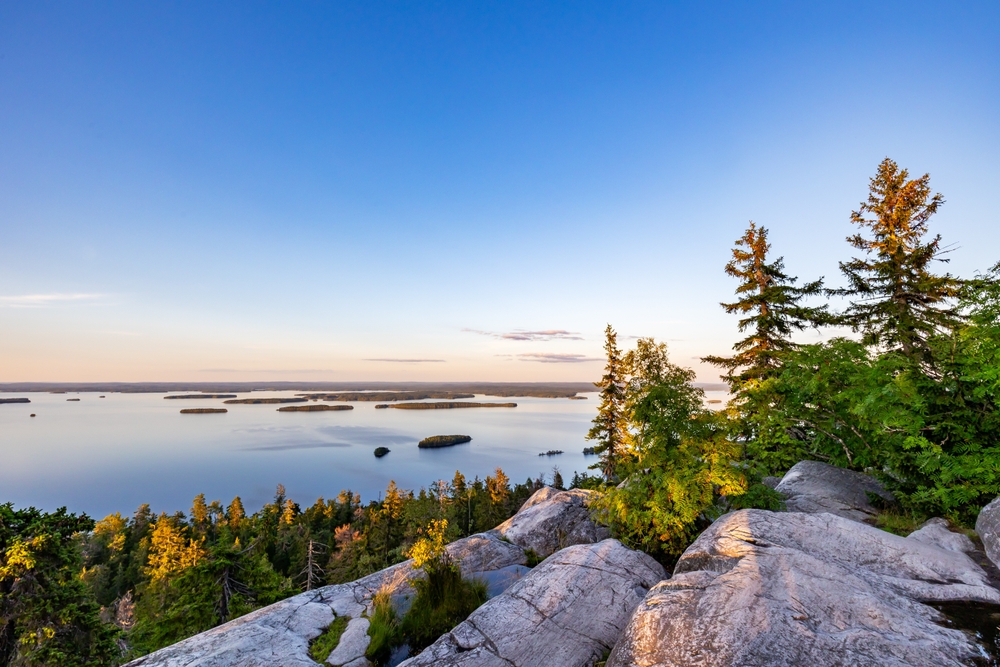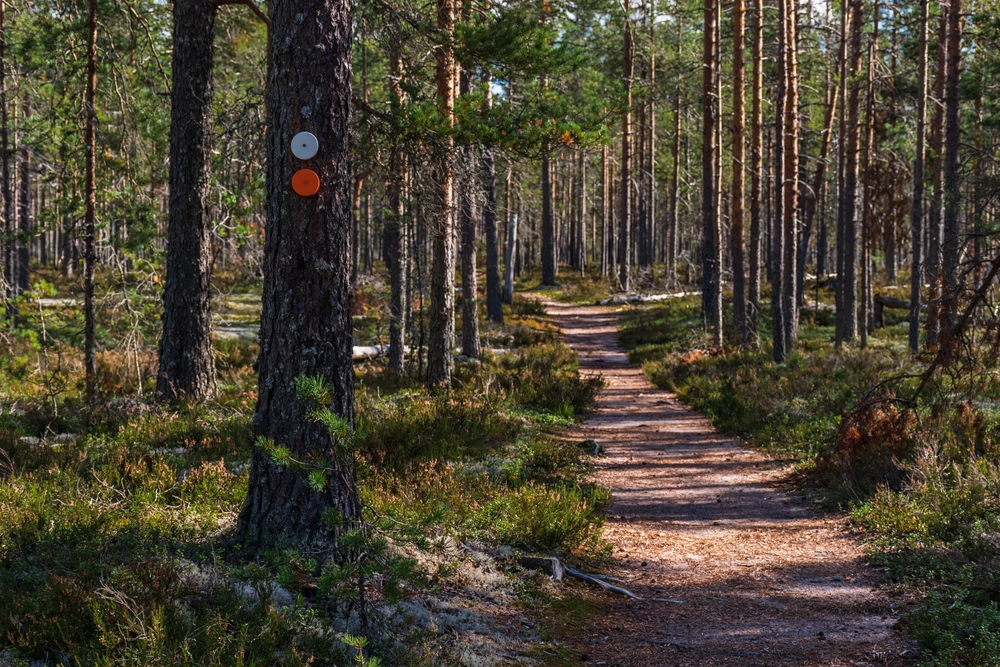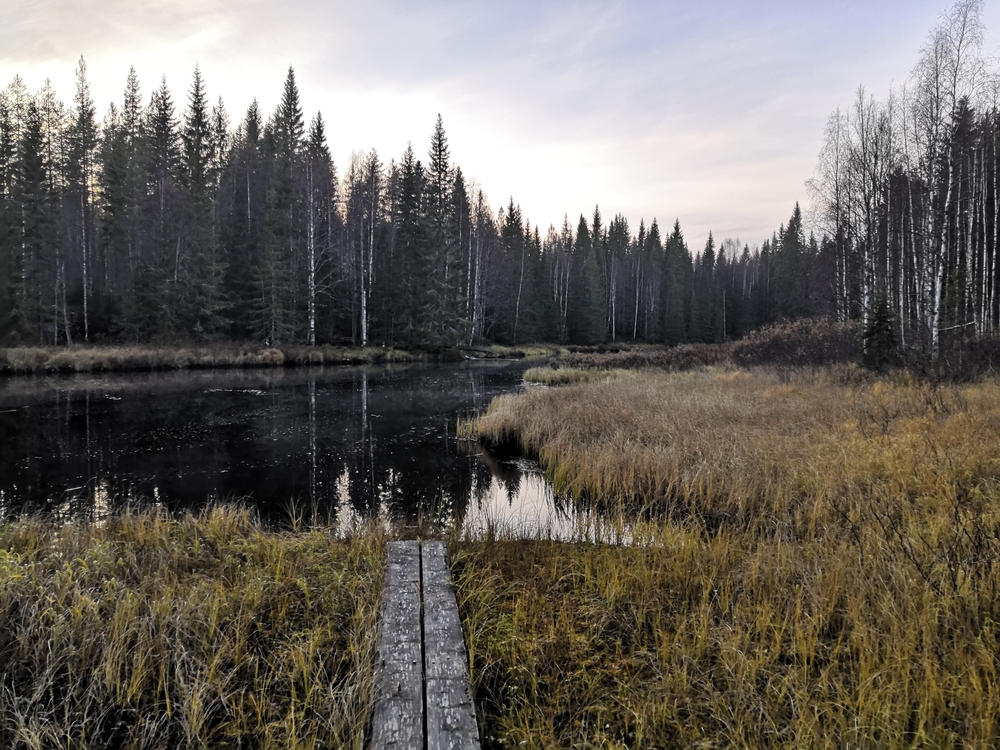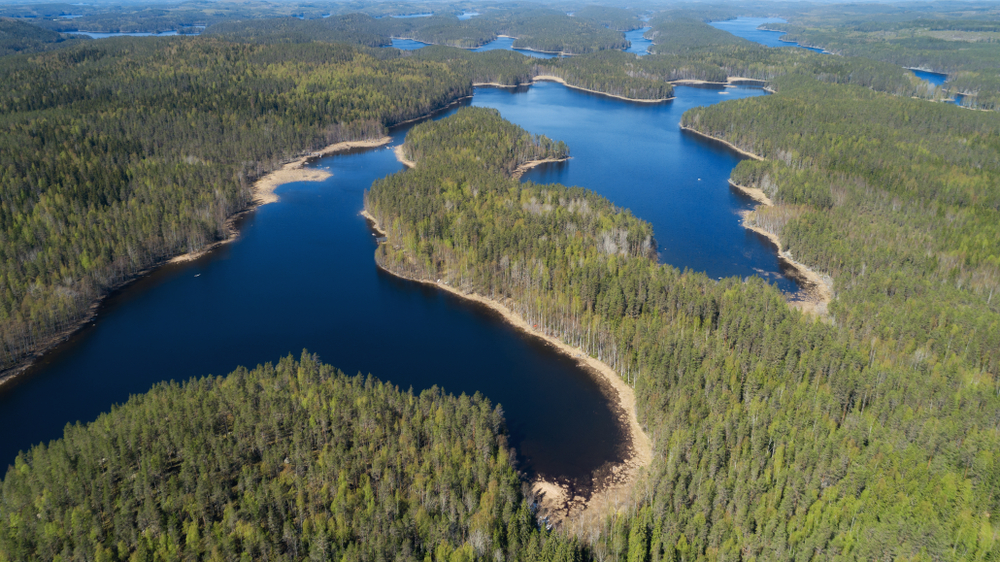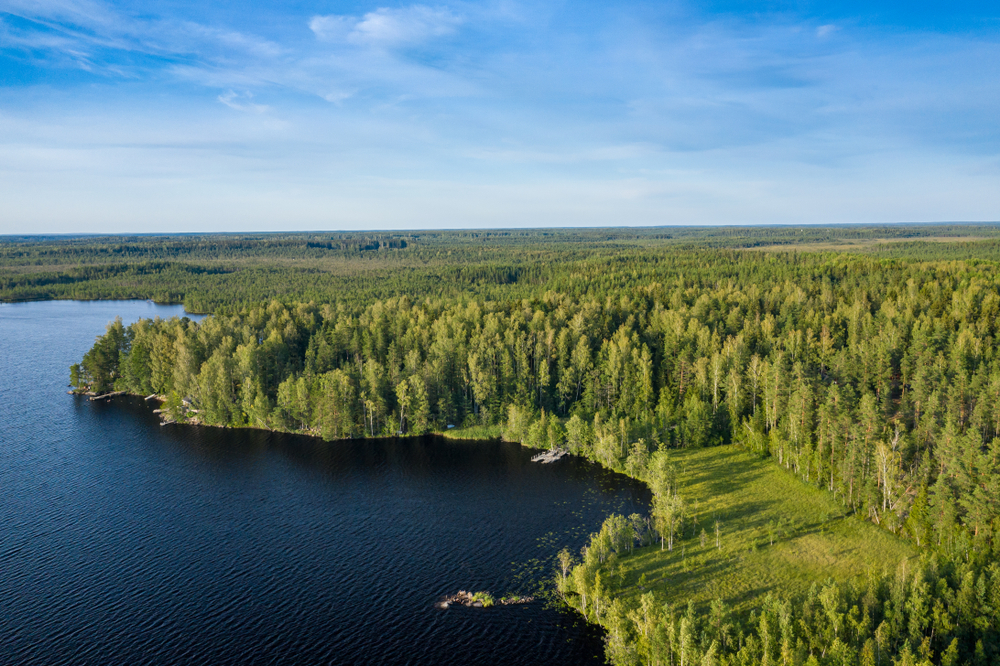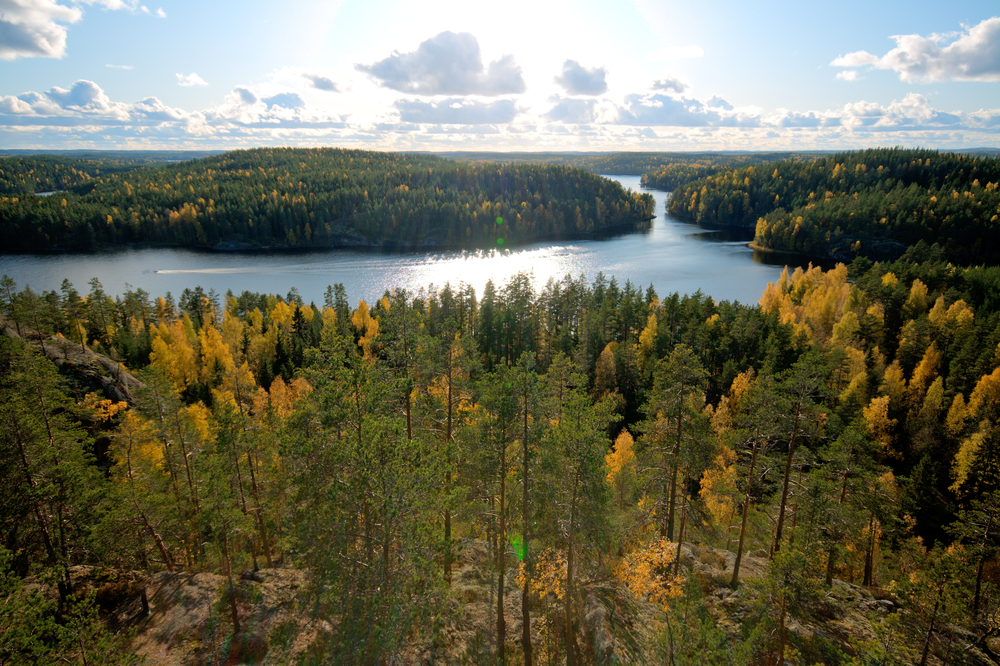Lemmenjoki Overview
Lemmenjoki National Park (Lemmenjoen kansallispuisto) is the largest national park in Finland, covering an impressive 1,100 square miles (2,850 square kilometers) in the northern region of Lapland. It is located near the municipalities of Inari and Kittilä, bordering Norway.
Established in 1956, this vast wilderness area is one of the most remote and untouched regions in Europe, offering breathtaking landscapes of dense boreal forests, rugged fells, and the winding Lemmenjoki River, which cuts through the heart of the park. The park derives its name from this river, which has long been a significant route for the indigenous Sámi people, who continue to maintain their traditional reindeer herding practices in the area.
Lemmenjoki National Park is characterized by its diverse and dramatic terrain. The park is dominated by expansive pine forests, deep ravines, and treeless fells, with elevations rising to peaks like Joenkielinen Fell, which offers panoramic views over the park. The Lemmenjoki River, stretching approximately 80 miles (120 kilometers), is one of the defining features of the park, carving through the pristine wilderness and forming picturesque valleys.
Waterfalls such as Ravadasköngäs add to the park’s stunning scenery, providing breathtaking sights for visitors. The changing seasons create a dynamic landscape—summers bring a lush, green tundra, while winters transform the park into a frozen wonderland illuminated by the northern lights.
The park is a haven for wildlife enthusiasts, offering opportunities to witness some of Finland’s most iconic species. Large predators such as brown bears, wolverines, and lynx roam the park, though they are elusive and rarely seen. More commonly encountered are moose, reindeer, and red foxes.
The park is also home to a variety of bird species, including golden eagles, Siberian jays, and whooper swans. Birdwatchers often visit in the summer months when migratory birds arrive to breed in the park’s wetlands and forests.
A major draw for visitors is Lemmenjoki’s association with gold prospecting. Since the late 19th century, the park has been the site of gold mining, with prospectors still searching for gold along the riverbanks today. The historic gold panning culture adds a unique aspect to the park’s identity, and visitors can explore the legacy of gold mining through guided tours or even try panning for gold themselves.
Other popular activities include hiking along well-maintained trails, taking boat trips along the Lemmenjoki River, and enjoying the park’s wilderness huts, which provide shelter for trekkers. The park is also an excellent place to experience the midnight sun in summer and the aurora borealis in winter.
Conservation efforts in Lemmenjoki National Park focus on preserving its unique ecosystems while balancing traditional land uses such as reindeer herding and gold mining. Strict environmental regulations ensure that these activities do not significantly impact the park’s natural environment.
The park’s management prioritizes sustainable tourism, maintaining trails and facilities to minimize human impact while providing opportunities for visitors to connect with nature. Lemmenjoki’s vast and pristine landscapes make it one of Finland’s most treasured national parks, offering solitude, adventure, and a glimpse into Lapland’s rich cultural heritage.








































































